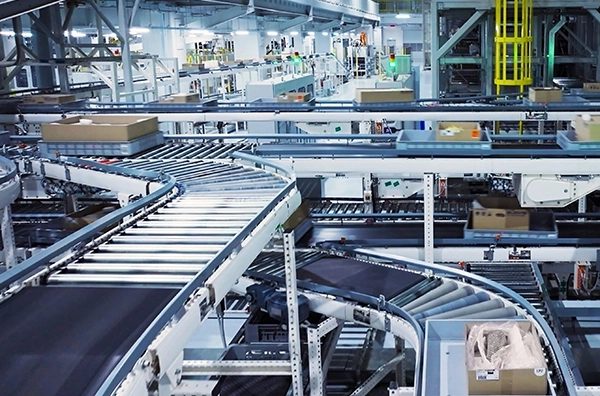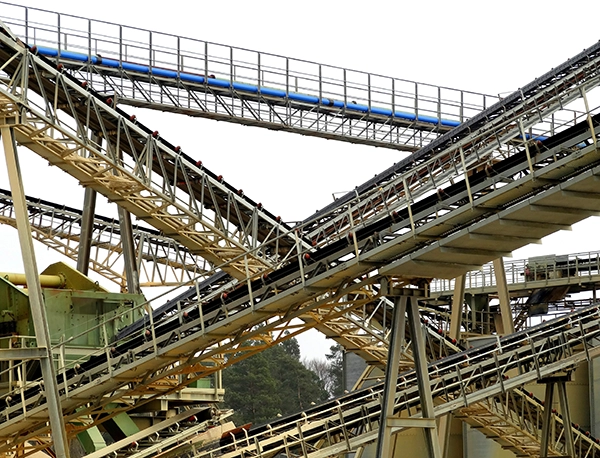The right geared motor will ensure the products move efficiently and safely. Sized incorrectly, the geared motor may be able to move the product, or could move at wrong speed. What information is needed to size the perfect geared motor for your conveyor application?
The line speed is the linear speed of movement for the conveyor and is most commonly expressed as metres per minute, but it could also be a rate of flow, for example an aggregates conveyor where the speed could be expressed as a certain amount of mass per minute or per hour. The line speed is the first key element to decide, as it will directly influence the selection of the gearbox reduction ratio and potentially affect the selection of other power transmission components.
It sounds obvious, but the next key factor to consider is the total mass of product the conveyor needs to handle. If the geared motor cannot produce sufficient torque to move the load, then it could overheat and fail prematurely. Its also wise to factor in how the conveyor will be loaded. Often a conveyor might be loaded via a hopper, which results in a larger mass in one location on the belt. If this is not considered, the geared motor might struggle or become overloaded. This could place undue stress on the motor or cause damage to the gears.
In order to calculate the required torque any inclined angles need to be taken into consideration. The steeper the angle, the more torque it will take to move the mass. Sometimes its necessary to look at the conveyor in sections of horizontal and inclined, such as a swan neck conveyor.


The belt’s weight itself can influence the geared motor size and performance. On some conveyor applications, the weight of the belt material might be more than the actual load itself, so its important to remember to include this in the total mass.
Different materials have different properties. For instance, rubber belts might provide more grip, while plastic ones might be smoother. The type of material will influence the loading placed upon the geared motor.
Friction can be both a friend and a foe. While it helps in gripping products, excessive friction can add additional load the geared motor unless it has been considered. For larger conveyors, it is always wise to pay attention to what belt material will be used.
Once the geared motor has been selected, then its time to look at how to mount it to the application. The positioning of this is vital. Avoid selecting vertical or angled positions for the geared motor where possible. This will ensure optimum performance and lifespan. If there is likely to be shock involved, consider mounting via a torque arm to avoid placing the stress opon the gearbox casing.
The line speed determines how fast your products move. The line speed will affect what reduction ratio is selected, what speed motor is chosen etc.
A heavier the belt material, the more torque will be required in order to move the load.
Not always. Inclined conveyors are likely to require move torque in order to move the mass. The angle of the incline should be factored in.
Shock loading can strain the motor. If your system has sudden loads, you need a aselection with a higher service factor to ensure a long life.